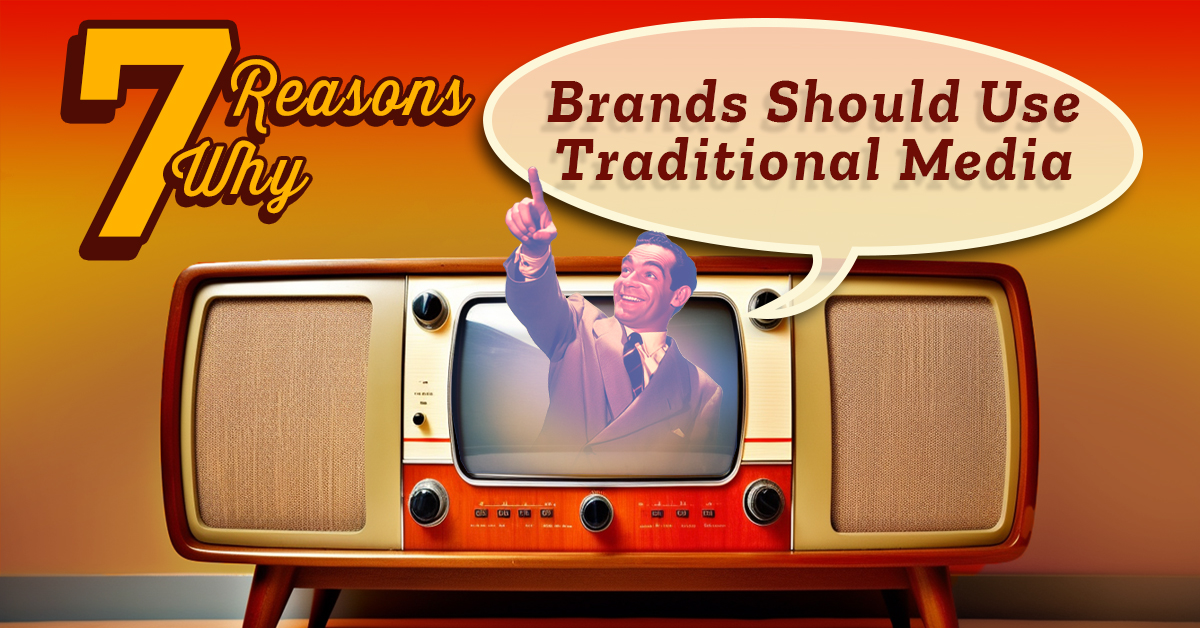
Digital Marketing in 2025: SEO Trends & Insights for Success
Now that 2025 is well underway, we’re already seeing shifts in digital marketing that businesses need to pay attention to. With new SEO trends, evolving

Now that 2025 is well underway, we’re already seeing shifts in digital marketing that businesses need to pay attention to. With new SEO trends, evolving

A brand’s integrity serves as a strong foundation for a successful marketing strategy. It’s not just about flashy logos or catchy slogans. It represents the

Every business has a set of goals that they want to meet each year. A smart way to determine if you are on track to

It’s becoming increasingly important for home service businesses to adapt their marketing strategies in today’s rapidly evolving digital landscape. While it is true that

The advertising world has been buzzing ever since the Google Marketing Live event showcased how Google plans to use AI to improve its marketing

Advertisers are consistently trying to decide where to spend ad dollars between traditional media and digital media campaigns. Despite the growing influence of digital